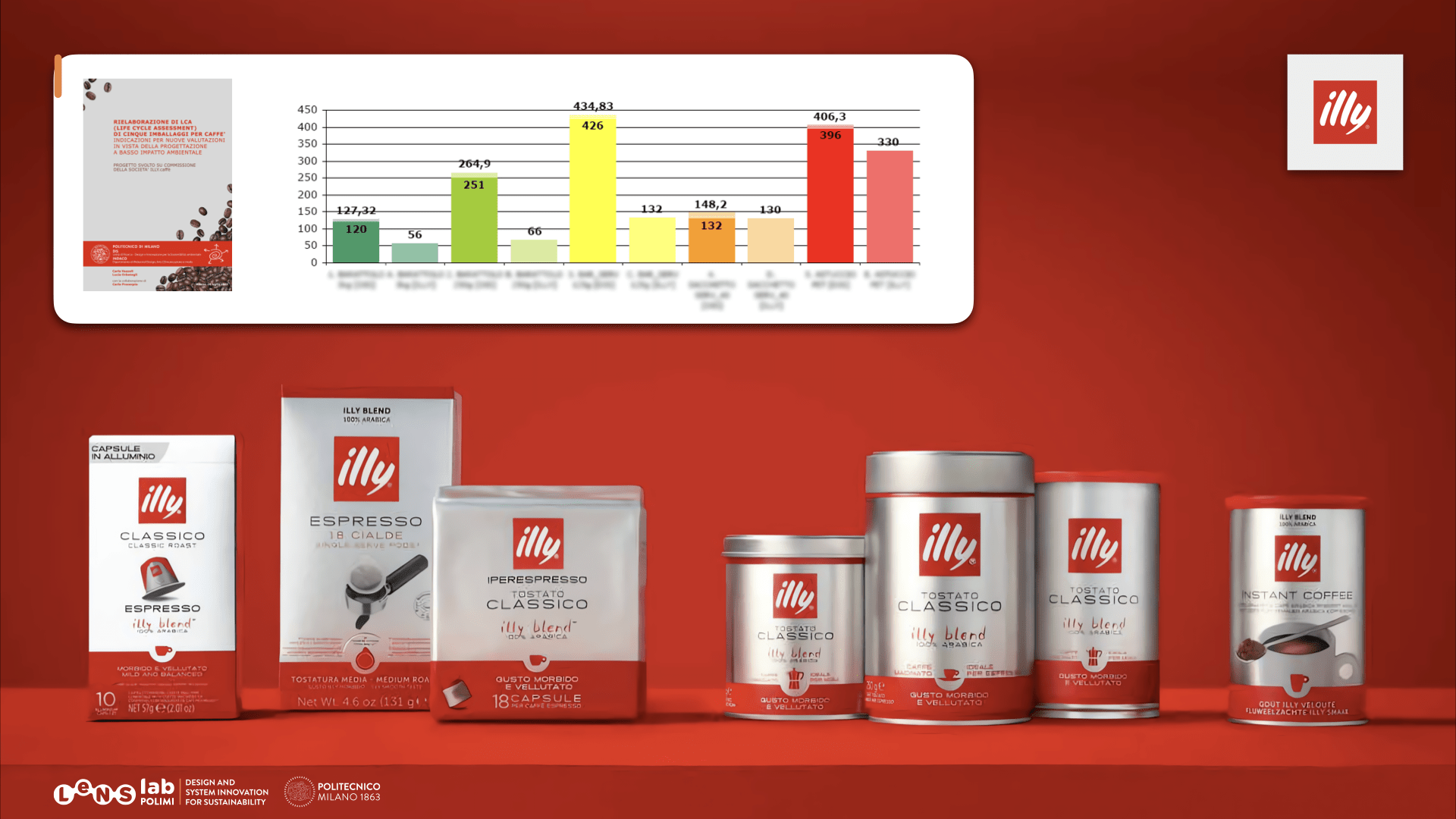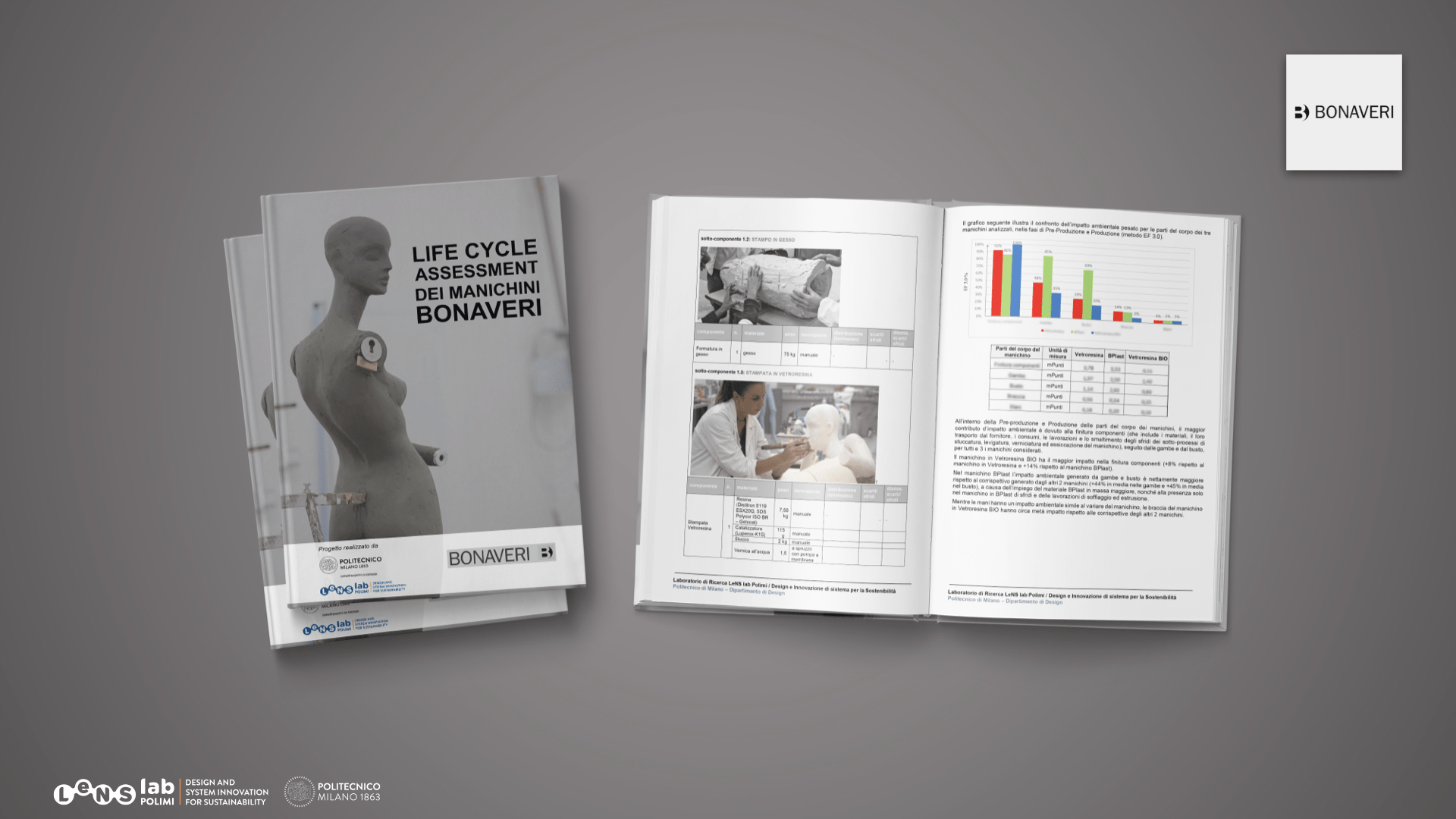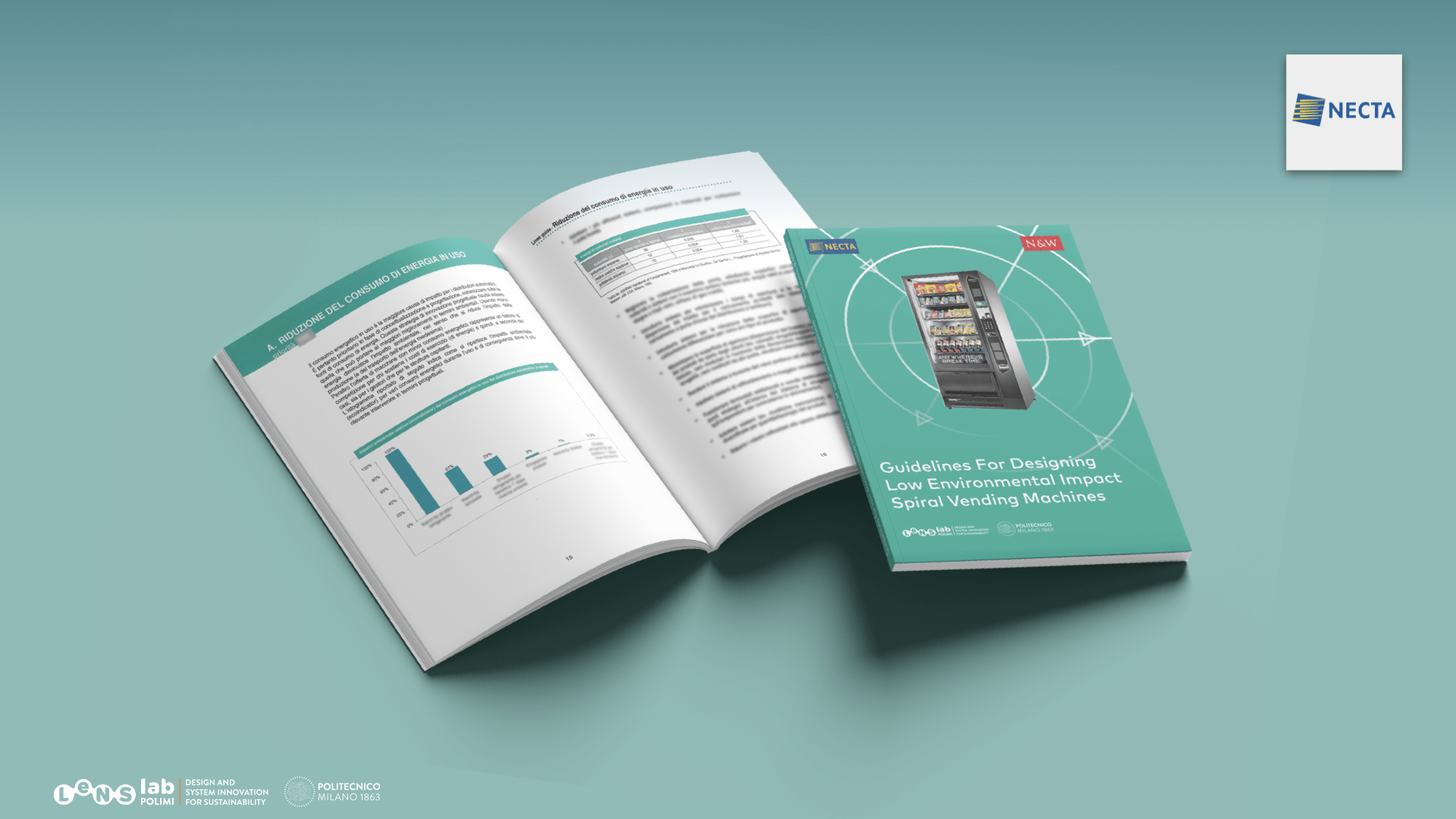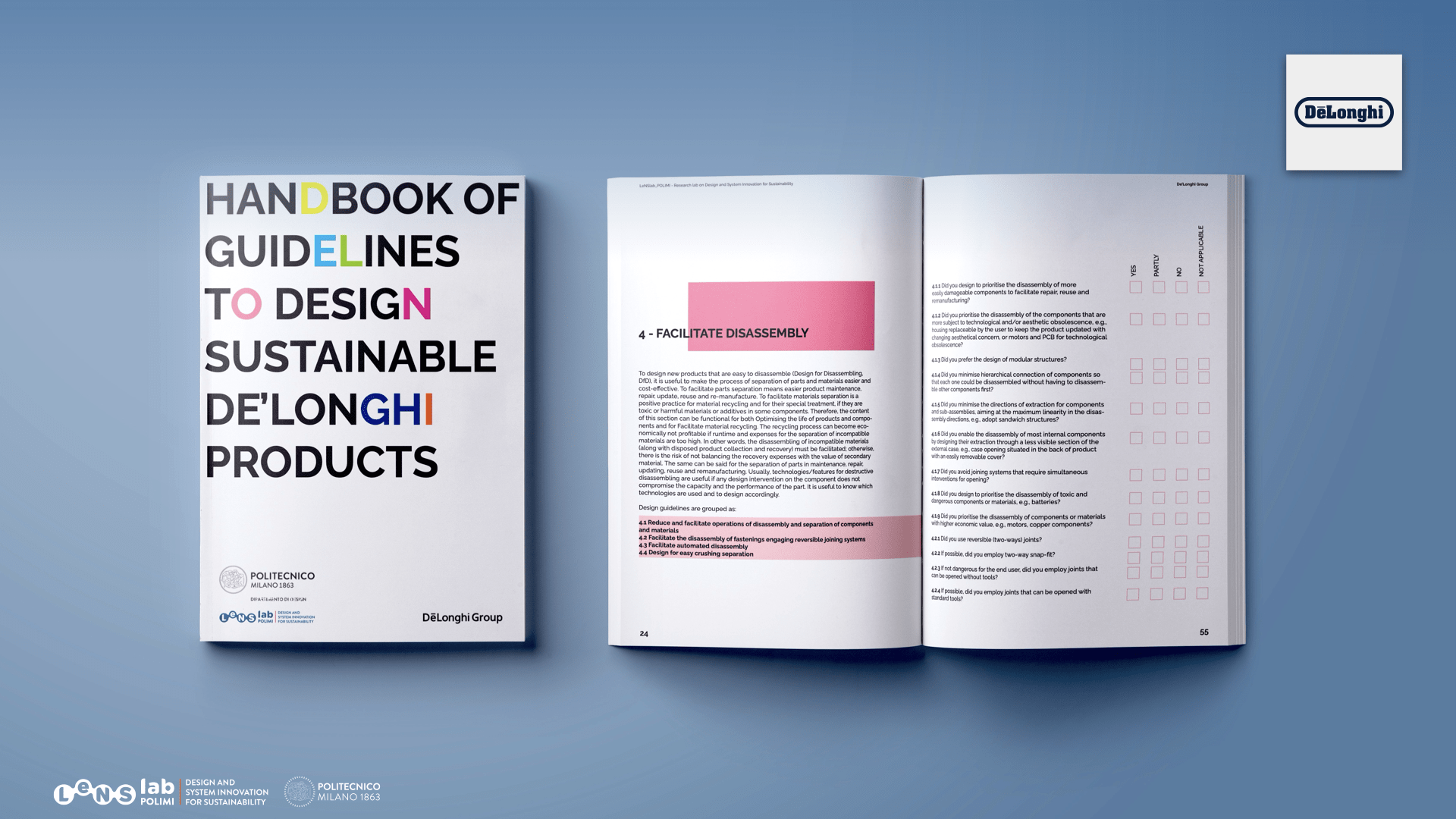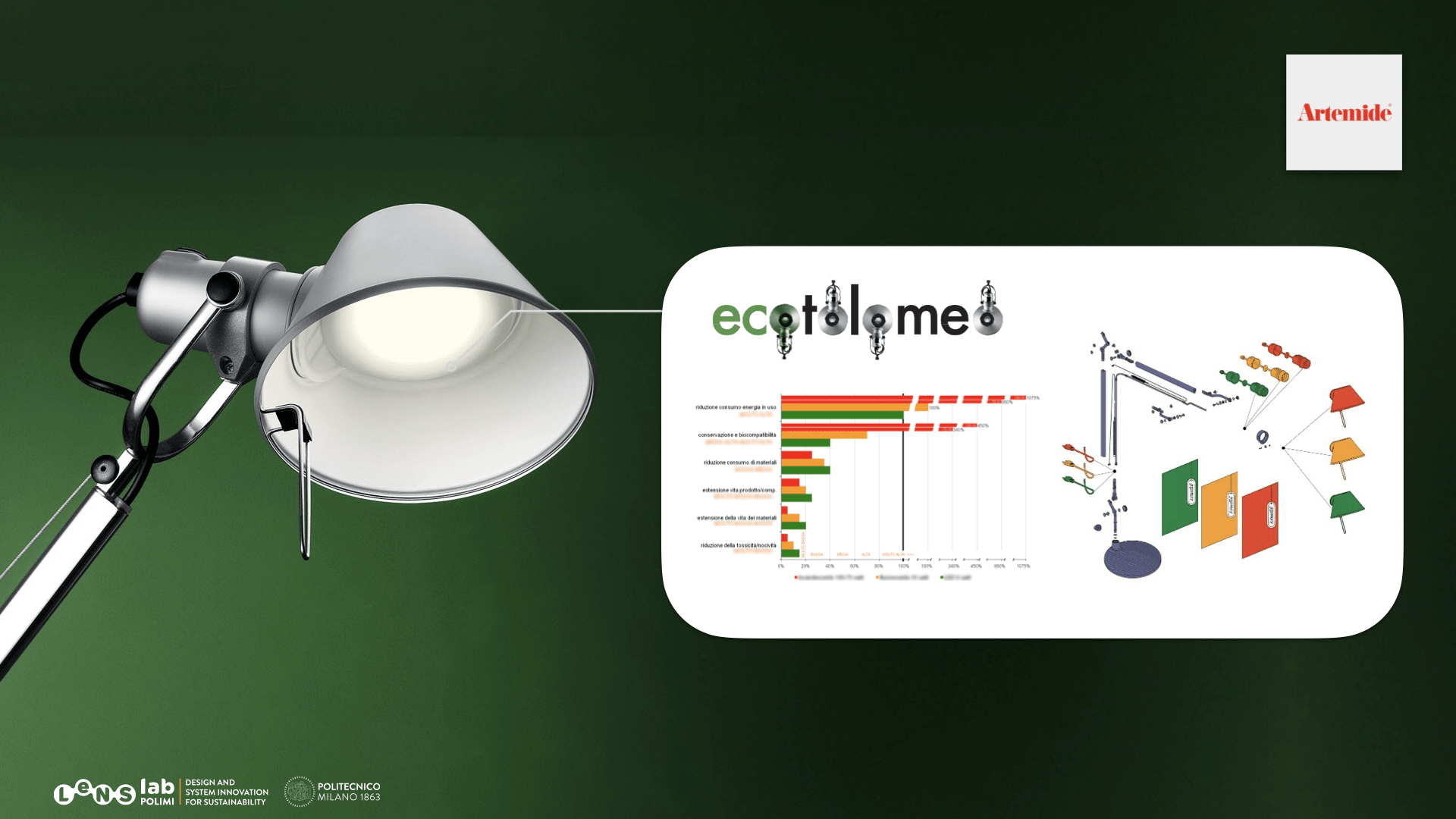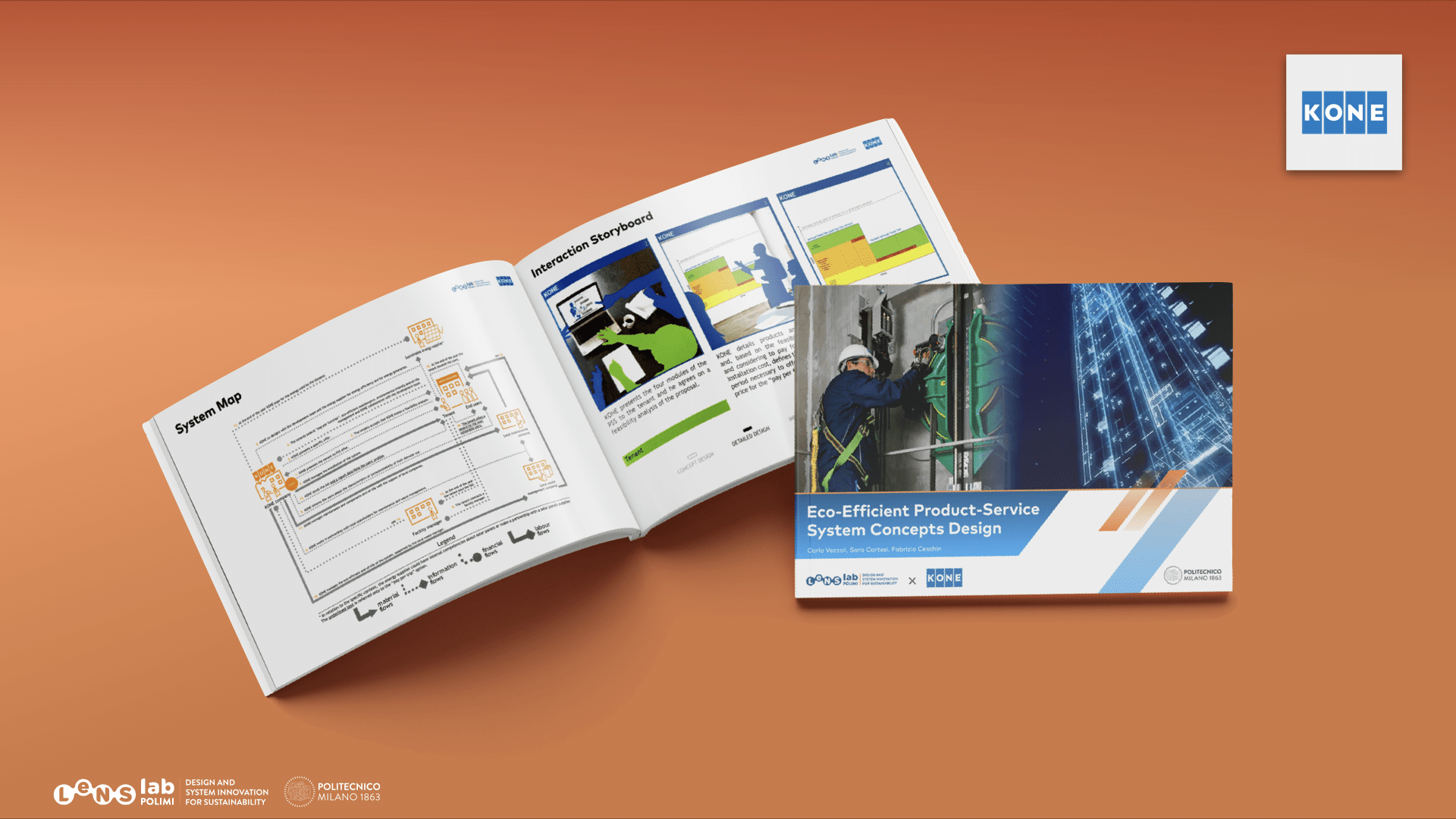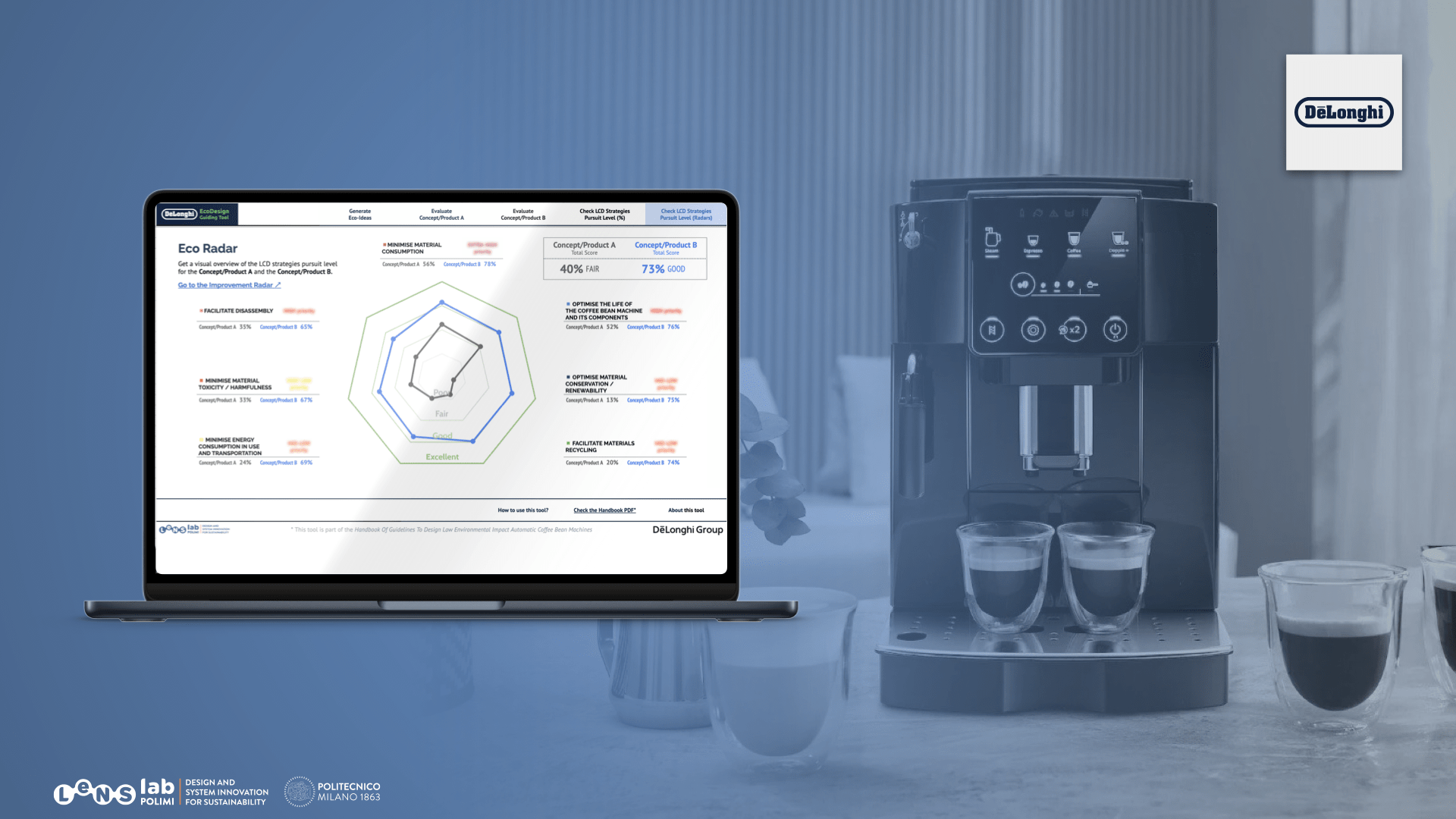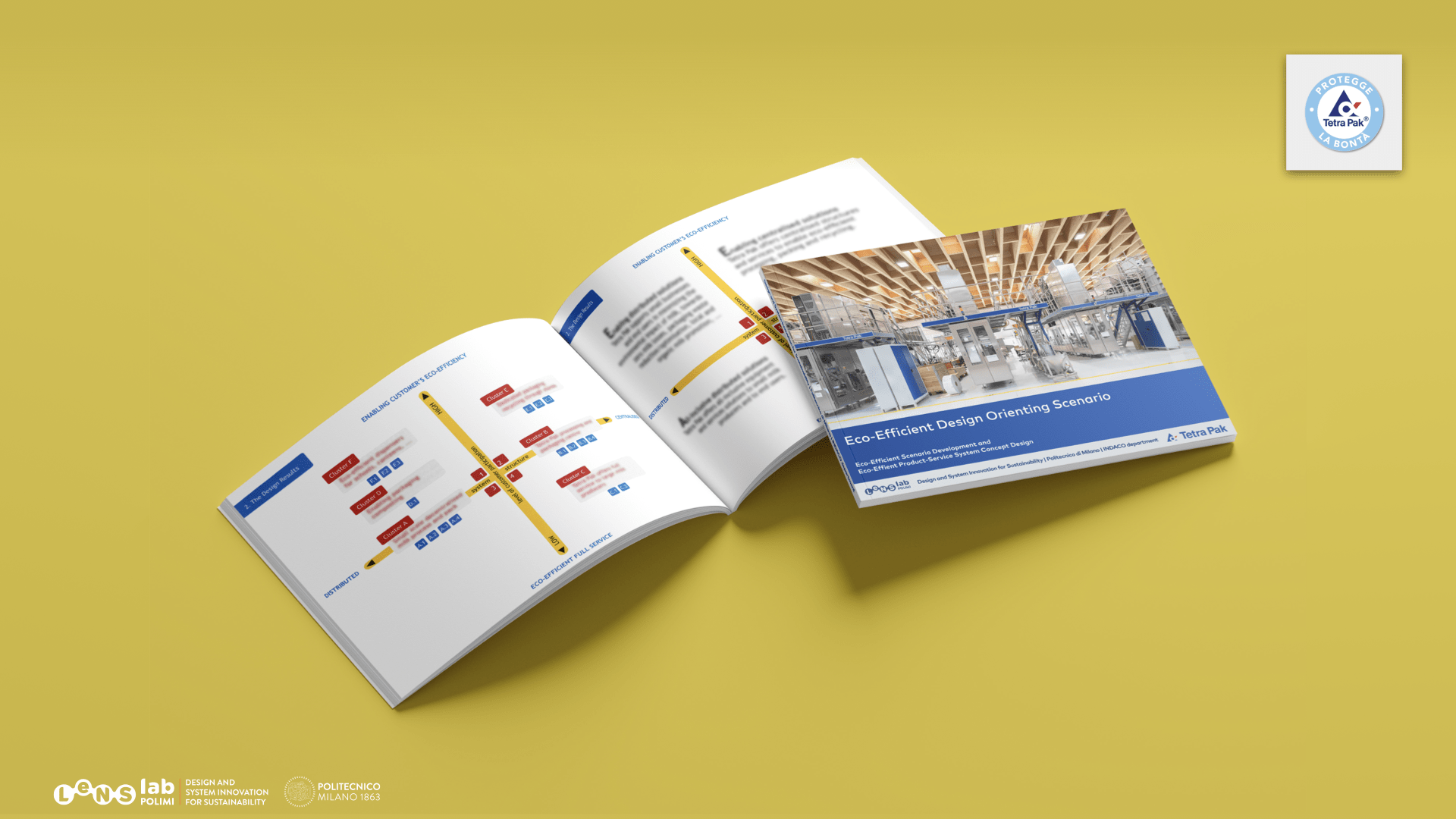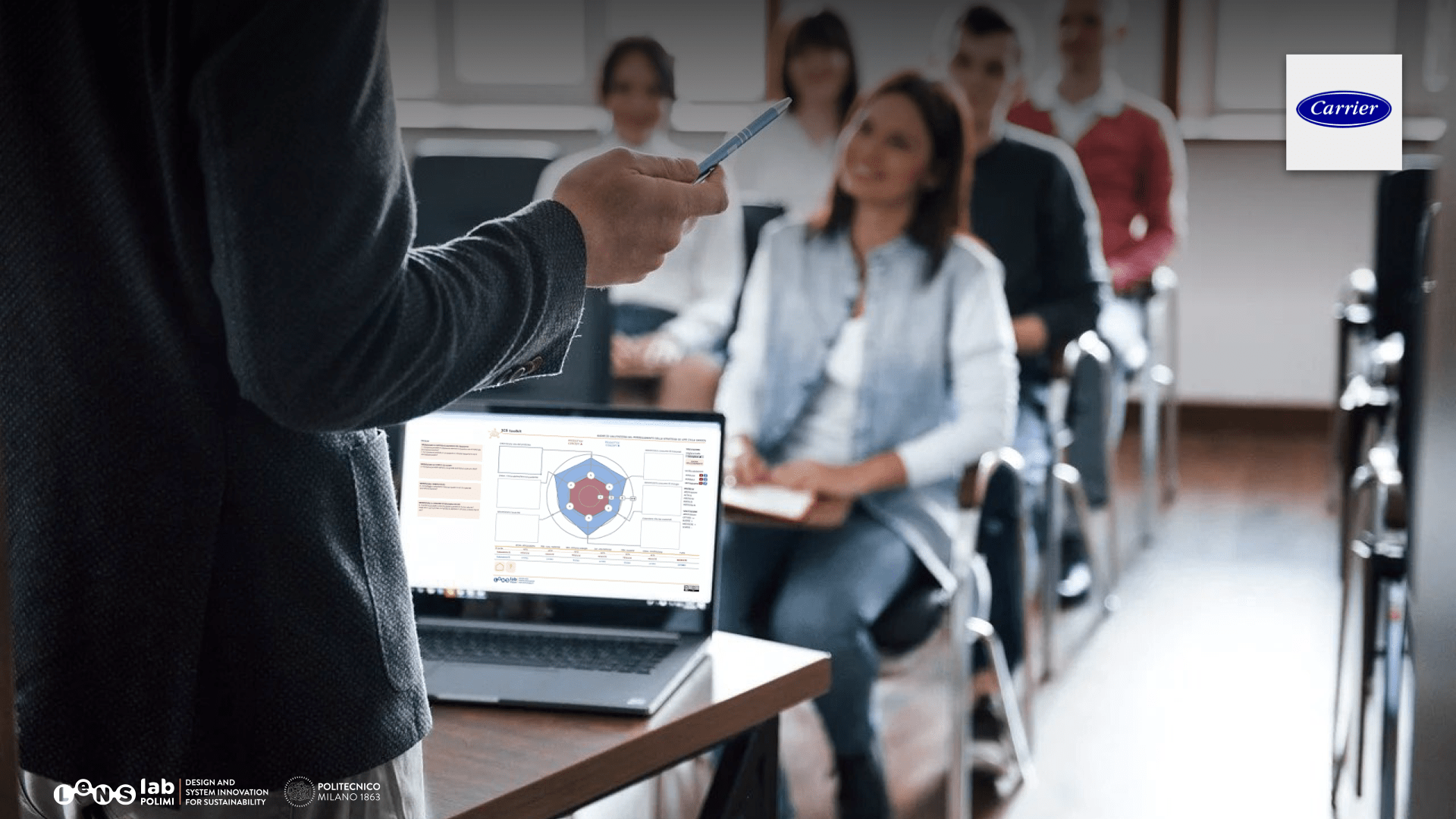AIMS
Addressing the most relevant issues a design team needs to consider in the development process of new products or services to support the transition to a more circular society.
WHAT IT CONSISTS OF:
The 8 design strategies
How to Use the Tool
- Create a new project
- Select the relevant strategies for the project: reflecting on the importance of each strategy, given the project under development, its aims, the reference product or service, the company’s strategy and structure, etc.; then, it should indicate if the strategy is important or not in the process.
- Creation and assessment of the reference product or service.
- Analysing the product or service according to the objectives of the project through the selected strategies.Starting by identifying the relative importance of each criterion. Having in mind the objectives for the project.
- The next step is the rating of the fulfilment. Here, the user has to evaluate each criterion with the ABC scoring, meaning A – good performance and C – low performance. The weighted sum of the performance of all criteria will result in the final score/performance of the product or service in relation to the strategy.
- An area for writing a justification of the assessment is available. Users should explain the justification of the scoring, so that it can be remembered by the team that did the evaluation or by another team.
- Please note that in the case where the objective is the transition from product to services, all criteria of the service-related strategies for the reference product should be scored as “C” (not considered). The service-related strategies are:- Design of services to extend the product-life & Design of use- or result-oriented services.
- This information will then be used to support a creativity session, such as brainstorming or other, to identify improvement measures for the project.
- After the development of a new product or service or a concept, click “IMPROVE” to perform an analysis of the new solution according to the same strategies defined in the initial phases of the project and compare it with the reference situation.
- After the development of a new product or service or a concept, using the tool to perform an analysis of the new solution according to the same strategies defined in the initial phases of the project and compare it with the reference situation.
- Click “SUMMARY” button
- The results are displayed in a chart and a report can be generated with all the information regarding the assessment.
RESULTS
1.A prioritization of applicable design strategies for a more circular and sustainable product/ service;
2.The analysis of a reference product or service according to the chosen circular design strategies;
3.Immediate improvement ideas and opportunities, through the reflection and assessment of each strategy and related criteria;
4.Background information for a brainstorming or other creativity session;
5.A graphic comparison between the reference product or service and the new one(s). With this feature, the team can communicate where and how the new solution performs better.
TO VIEW THE TUTORIAL : https://www.katche.eu/knowledge-platform/wp-content/uploads/2020/03/CE-Designer-Tutorial_final.pdf
TO DOWNLOAD THE TOOL : https://www.katche.eu/knowledge-platform/tools-and-training-materials/katch_e-tools/ce-designer/
Product Processes and stages
PSS Processes and stages
- LCA or qualitative env. evaluation on ref. product (Product strategic brief/Design brief)
- LCD strategies priorities definition (Product strategic brief/Design brief)
- Sustainable-focused ideas generation, selection and clustering (Product concept design)
- Environmental features + simplified LCA or qualitative concept evaluation (Product concept design)
- Simplified LCA or qualitative concept evaluation(Product concept design)
- LCA of comparison with original product or qualitative evaluation (Product detailed design and engineering)
- Documentation for communication for environmental quality (Product communication)
- Sustainability analysis of the existing PSS (Service strategic analysis/design brief)
- Environmental, socio ethical and economic check (Service concept design, Service detailed design & engineering)
- Documentation for communication of sustainable qualities (Service communication)


